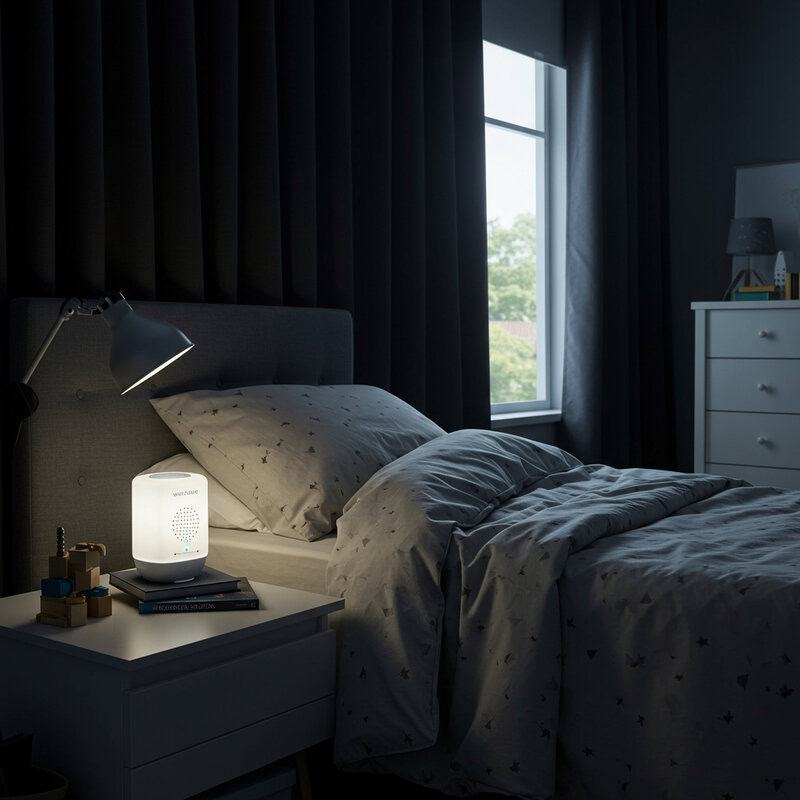Many parents face the nightly challenge of coaxing their children to sleep, often resulting in frustration and exhaustion. Establishing healthy sleep habits is crucial for a child’s physical growth, cognitive development, and emotional well-being. Fortunately, there are proven strategies and actionable steps to help create effective bedtime routines and address common sleep issues. This article will guide you through practical solutions based on expert advice and research.

What to Do When Your Child Won’t Sleep
Identify Underlying Causes

When a child has trouble sleeping, it’s important to observe their behaviors and routines to pinpoint possible causes. Factors like anxiety, overstimulation from screens, changes in routine, or even underlying medical concerns such as sleep apnea can contribute to sleep struggles.
Addressing these root issues can lead to more effective and lasting solutions. Consulting your pediatrician can help rule out medical causes, while resources like the CDC’s guide on children’s sleep offer valuable insights into recognizing and addressing common sleep disruptors in children.
Establish a Consistent Bedtime Routine

Creating a predictable bedtime routine helps signal to your child that it’s time to wind down. Aim to start the routine at the same time each evening and include calming activities such as bathing, reading a book, or gentle stretching. The order and repetition of these steps foster a sense of security and expectation. Consistency is key—try to maintain the routine even on weekends. For more tips on building effective routines, the American Academy of Pediatrics offers helpful guidelines for parents.
Create a Sleep-Friendly Environment

Optimizing your child’s bedroom can significantly improve their sleep quality. Aim for a dark, quiet room with a cool, comfortable temperature—ideally between 65–70°F (18–21°C). Use blackout curtains to block light and consider a white noise machine to muffle disruptive sounds.
Ensure the bed and bedding are comfortable and minimize distractions such as toys or screens. Small adjustments can make a big difference in helping your child relax and drift off more easily. For additional tips on designing a restful sleep space, visit the Sleep Foundation’s guide to sleep environments.
Set Clear and Gentle Boundaries

Communicating clear bedtime expectations helps children feel secure while establishing healthy sleep habits. Set gentle but firm boundaries by calmly explaining the bedtime routine and sticking to it, even if your child requests extra stories or water.
Offer comfort and reassurance with a hug or a few soothing words, but avoid negotiating or prolonging bedtime. This balance of empathy and consistency teaches children what to expect each night. For more guidance on setting effective boundaries at bedtime, see advice from Zero to Three, a trusted resource for parenting strategies.
Address Nighttime Fears and Anxiety

Nighttime fears and anxiety are common in children and can make falling asleep difficult. Help your child by acknowledging and validating their feelings, reassuring them that fears are normal. Offer comfort objects, like a favorite stuffed animal or blanket, and practice calming techniques such as deep breathing or guided imagery together.
Maintain a soothing presence at bedtime without reinforcing fears. If anxiety persists, consult a pediatrician or child psychologist. For more tips on managing bedtime fears, visit the HealthyChildren.org guide by the American Academy of Pediatrics.
Limit Stimulants and Screen Time

Reducing your child’s exposure to stimulants like caffeine and sugar, especially in the hours before bedtime, can help prevent difficulties in falling asleep. Electronic devices such as tablets, smartphones, and televisions emit blue light, which can suppress melatonin and delay sleep onset.
Experts recommend turning off screens at least one hour before bedtime to promote better sleep. Establishing tech-free routines in the evening supports a calm transition to sleep. For more on the effects of screens and stimulants, refer to the Sleep Foundation’s sleep hygiene guide for children.
Be Patient and Stay Consistent

Building healthy sleep habits takes time, and it’s normal to encounter setbacks along the way. Consistently following routines and boundaries reinforces expectations and helps your child adjust. If progress seems slow, remain calm and avoid making major changes—consistency is key.
Celebrate small successes and gently guide your child back on track after disruptions, such as illness or travel. Remember, patience and perseverance are essential as your child learns new habits. For more advice on fostering lasting sleep routines, visit Raising Children Network, an evidence-based parenting resource.
Conclusion

Helping your child develop healthy sleep habits involves a combination of understanding underlying causes, establishing consistent routines, creating a restful environment, and setting loving boundaries. By addressing fears, limiting stimulants, and staying patient and consistent, you can make bedtime a smoother process for the whole family.
Remember, progress may take time, and each child is unique. If sleep difficulties continue despite your efforts, consider consulting your pediatrician or a sleep specialist for additional support. For more comprehensive guidance, visit the Sleep Foundation’s resources for parents.
